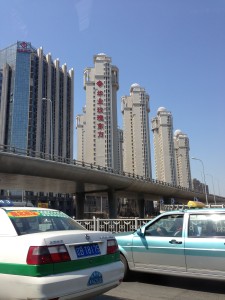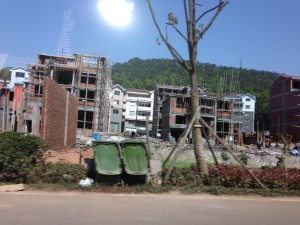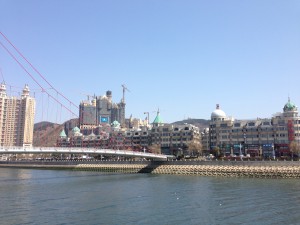Deeco Metals prides itself on working with some of the best manufacturers in the world. How do we know they’re the best? We personally inspect their facilities to ensure that they meet our stringent requirements. Unlike many in our line of work, we don’t work with just anyone. All of our manufacturers are audited on a yearly basis to ensure that our customers are getting products of only the highest quality.
The process of finding manufacturers begins with having an engineer in the country that the mill is located in. Having someone local is important, because they can provide personal insight on mills that other searches simply can’t provide. It also helps to have someone who speaks the local language. Our on-site engineer reviews companies that we direct him to as well as recommends companies that fit our criteria. Once it is decided that a mill might suit our requirements, he arranges a trip to visit and inspect the plant. At the same time, he may visit other existing suppliers in the area that might be of value. At the time of his visit and after meeting everyone of importance, he spends time with the engineering & quality group to inspect their production and quality systems. If he is satisfied that the plant can provide good quality parts, he forwards his approval to our President Desmond Sinclair.
Upon review of our engineer’s comments, Des will arrange a trip to that area to visit the newly recommended suppliers as well as our existing suppliers. Only after his review will he give his stamp of approval. Des comes from a manufacturing and engineering background, so he’s familiar with what it takes to be a top quality manufacturer. From the quality of the machining equipment to the overall manufacturing process, he inspects the entirety of the plant to ensure it will fulfill our customers’ order requirements.
In some instances, our customers want and need to visit and inspect our plants. In most situations like this, Des has gone with the client to inspect the plant that will supply them or that already supplies them. In some cases, clients have gone on their own to inspect the mills. Other times, due to company policies, they’ve hired third party companies to do the inspection. If this is your company policy, we can recommend some excellent third party inspection companies.
Once a company has reviewed our offering and determined that we would be a good fit, our clients send us a purchase order for the required material. It is most common that at the start of every project, the manufacturer has to construct new tools and dies to produce the desired component. Our standard practice is to provide first article samples along with our supplier’s dimensional reports. Upon receipt of our sample and reports, our clients then perform their own dimensional inspections and material analyses on the sample and determine whether or not to approve the FAS (First Article Sample) to release the full production order. There is a 50% charge to our clients upfront for the tooling, followed by the remaining 50% once the first article sample is approved. If there is a problem with quality on the first article sample that cannot be rectified, our clients receive their initial 50% back.
From lean practices to top-of-the-line equipment, there are many theories on what it takes to be successful in manufacturing. In our experience, we’ve found trust and a good relationship to be the most vital components of success. That’s why we personally inspect each manufacturing plant. That’s why we allow our customers to do their own inspection. And that’s why we offer our first article approval process with a no risk refund. There’s nothing more important than knowing that your project is in good hands.












